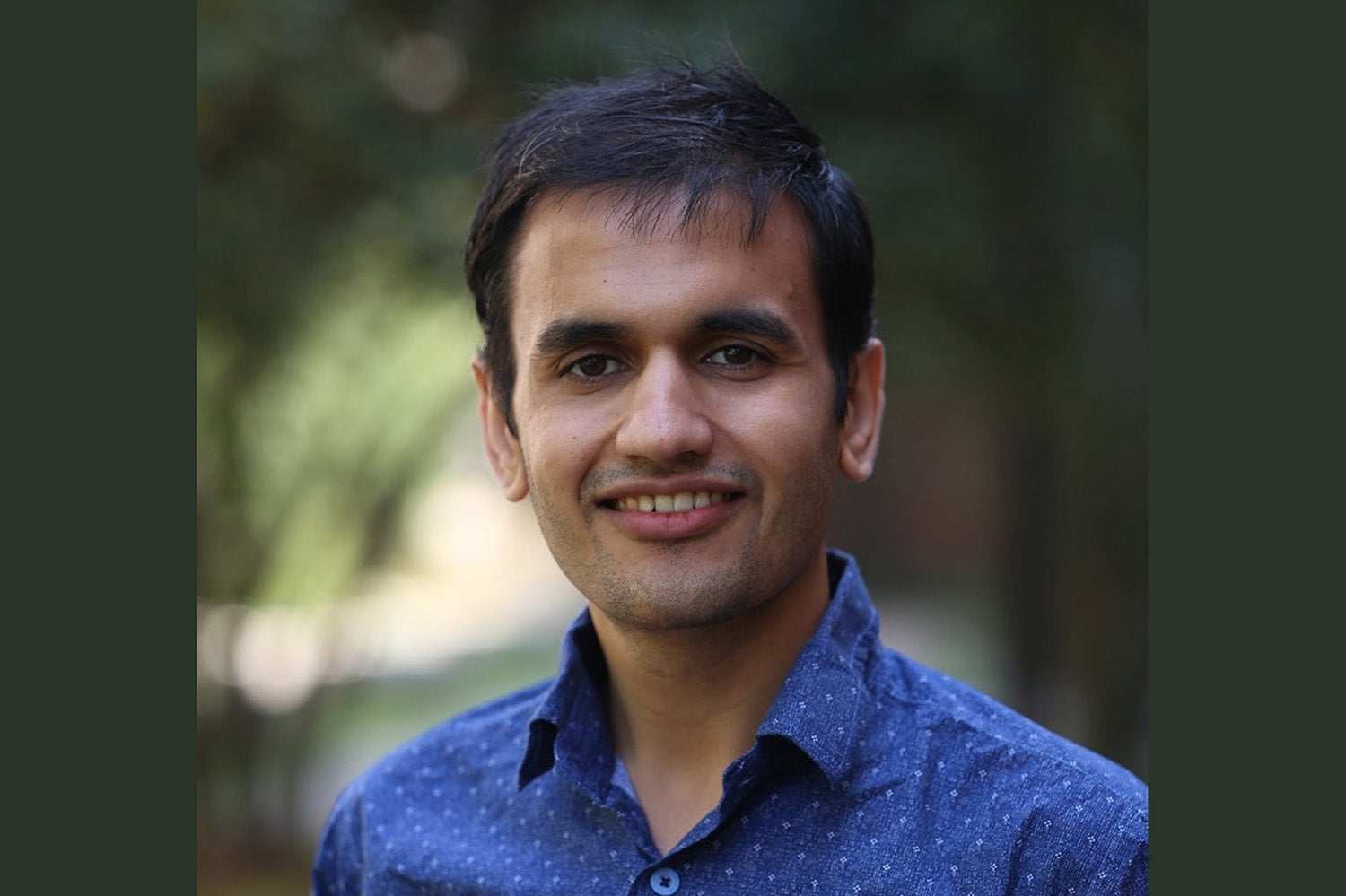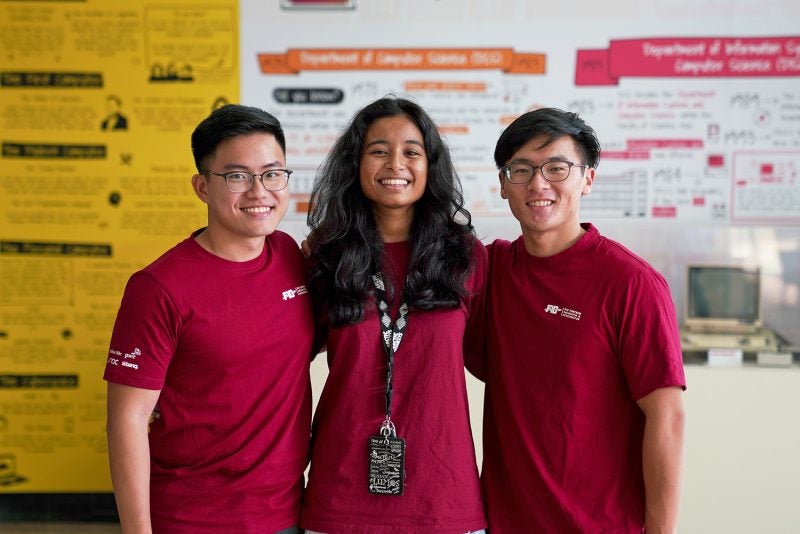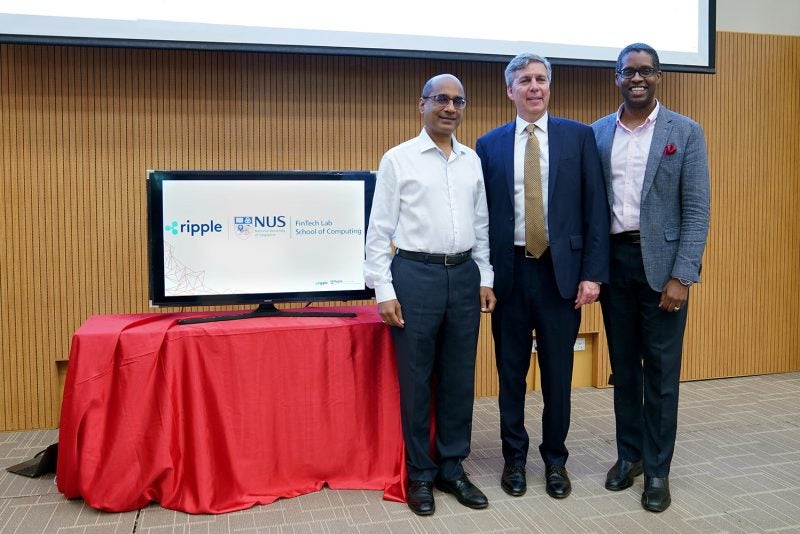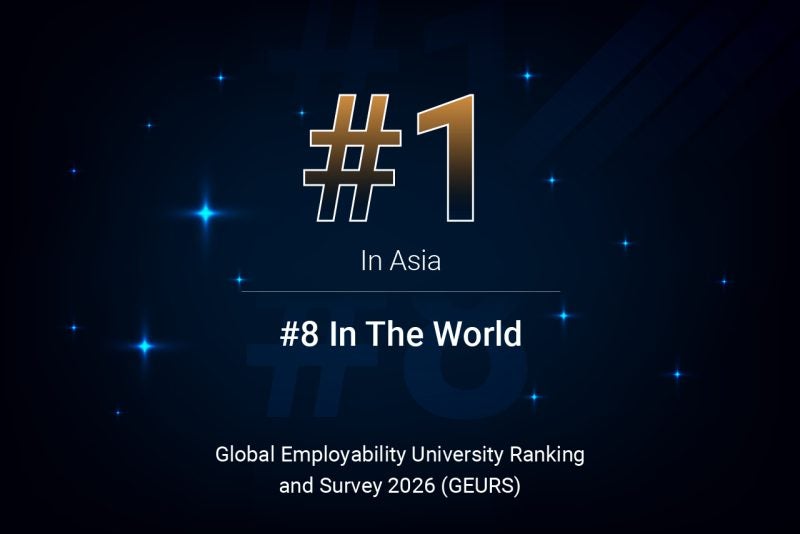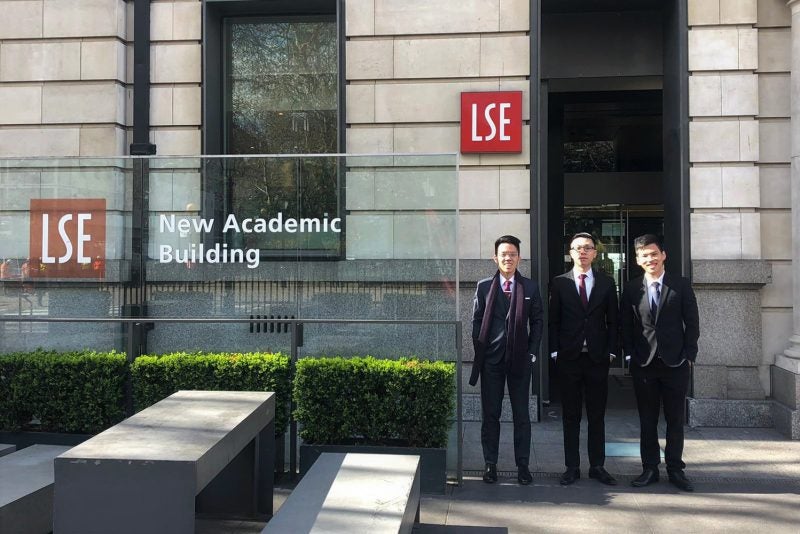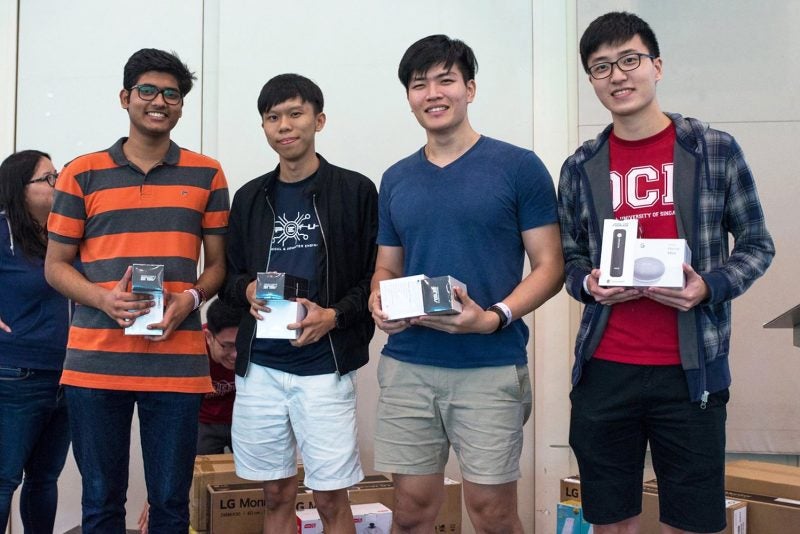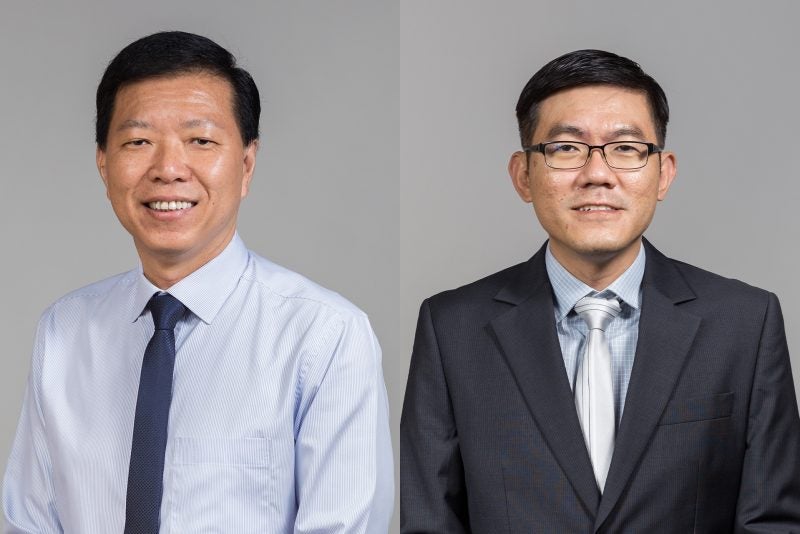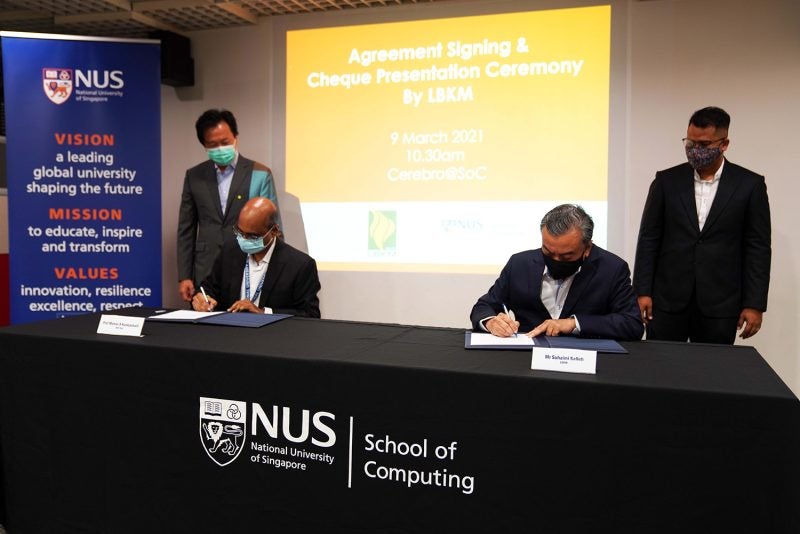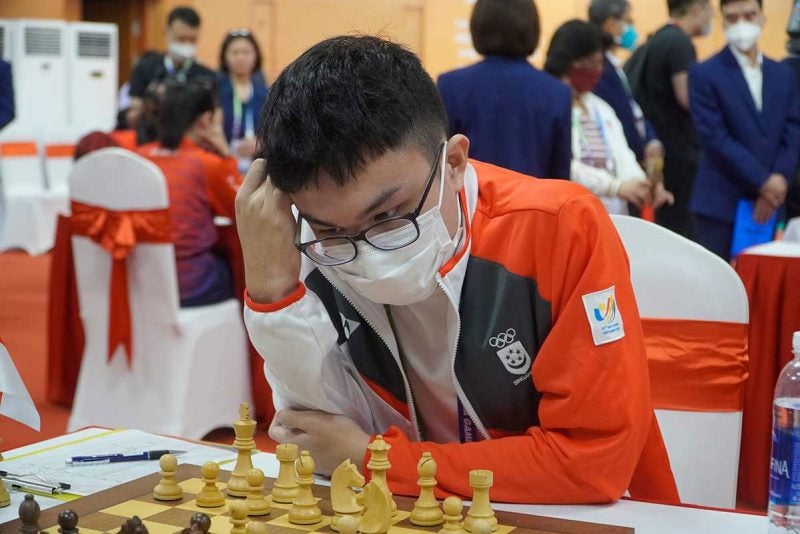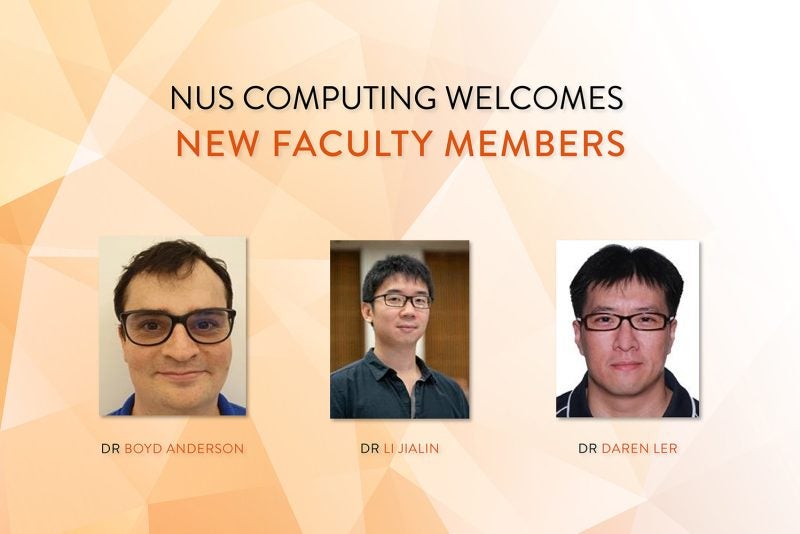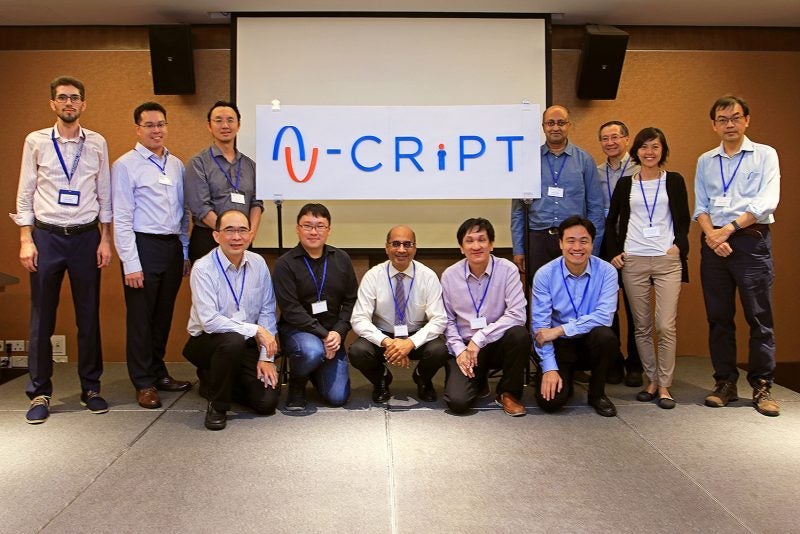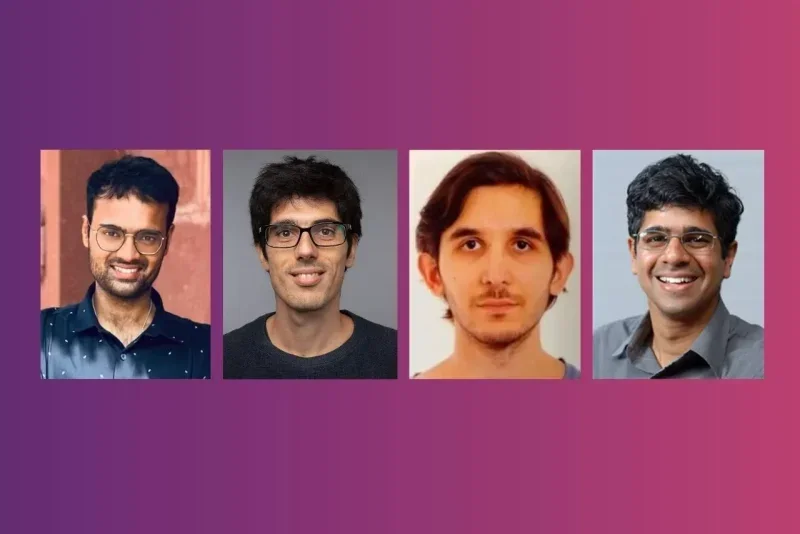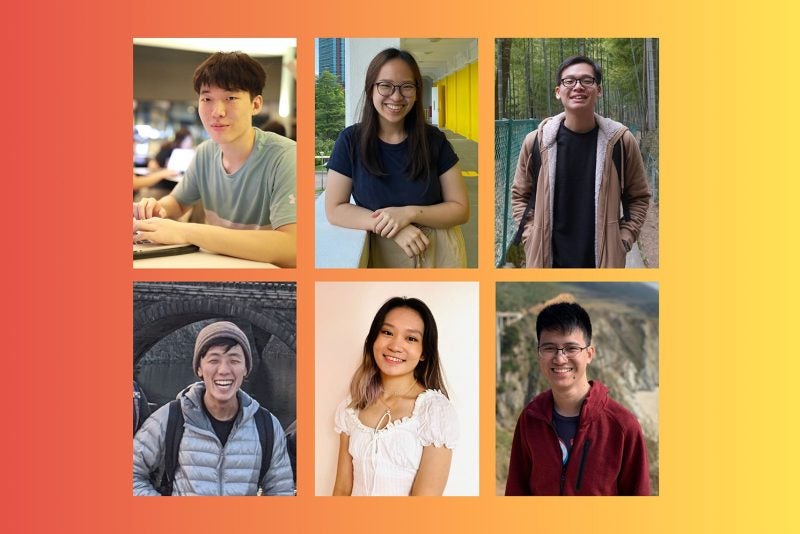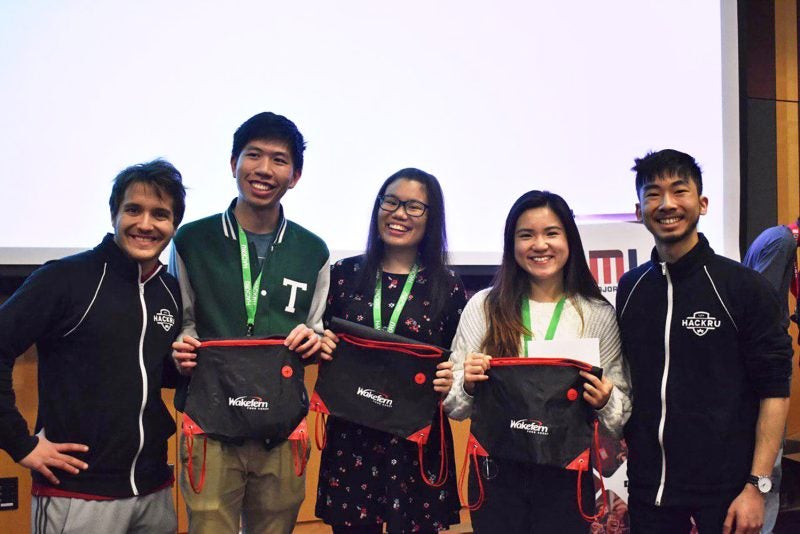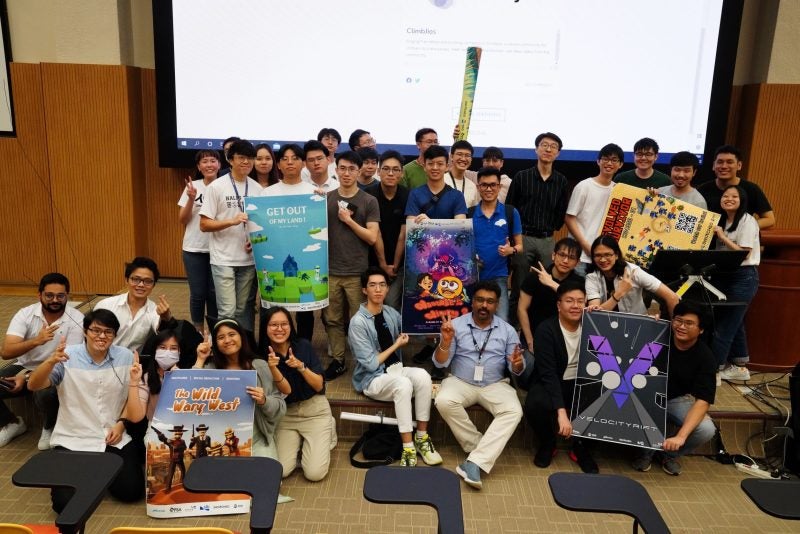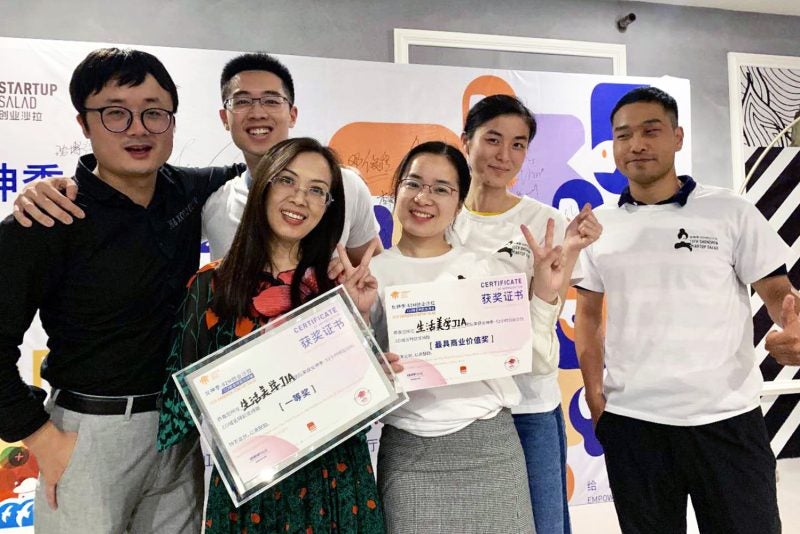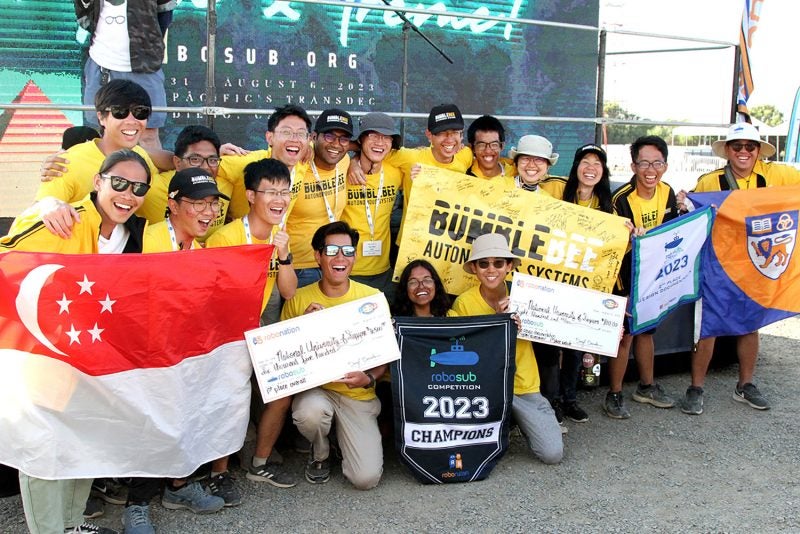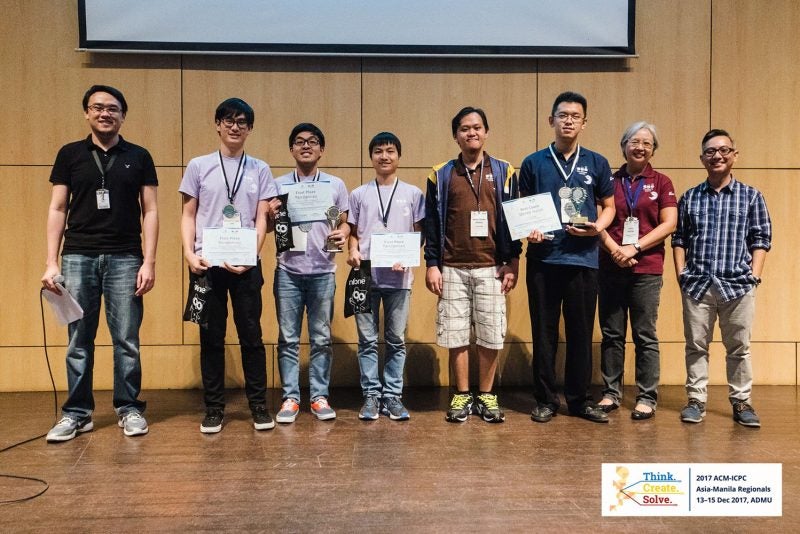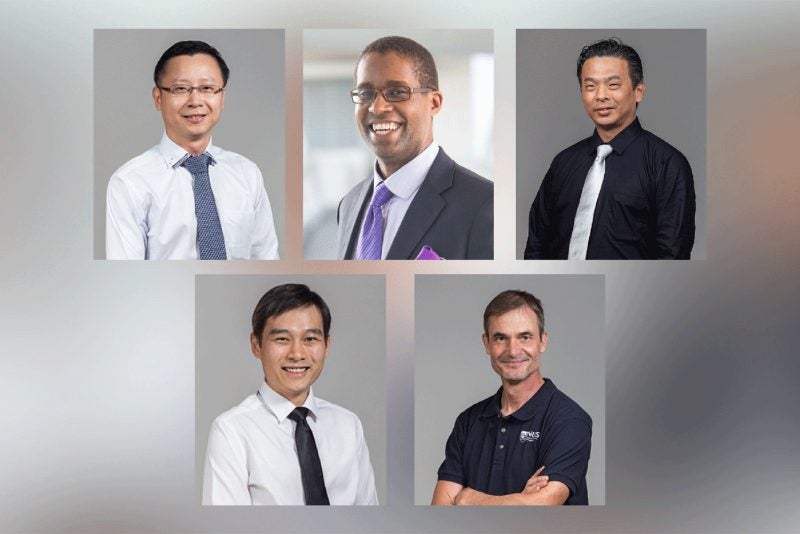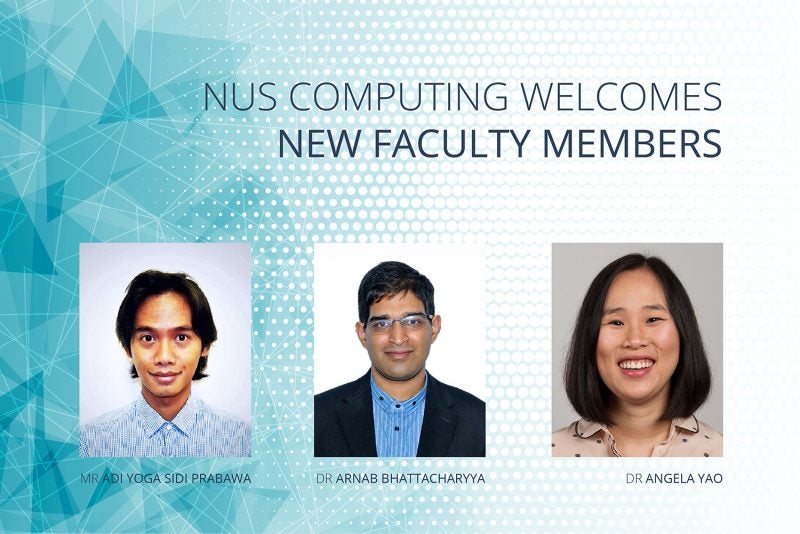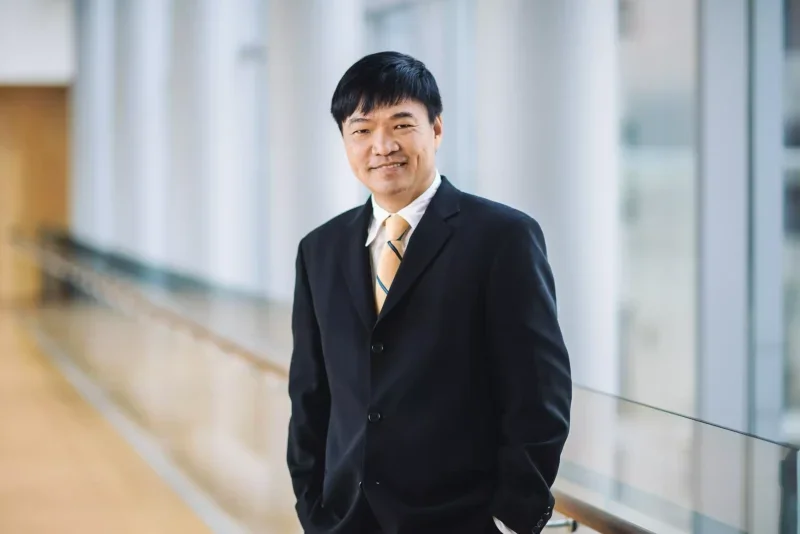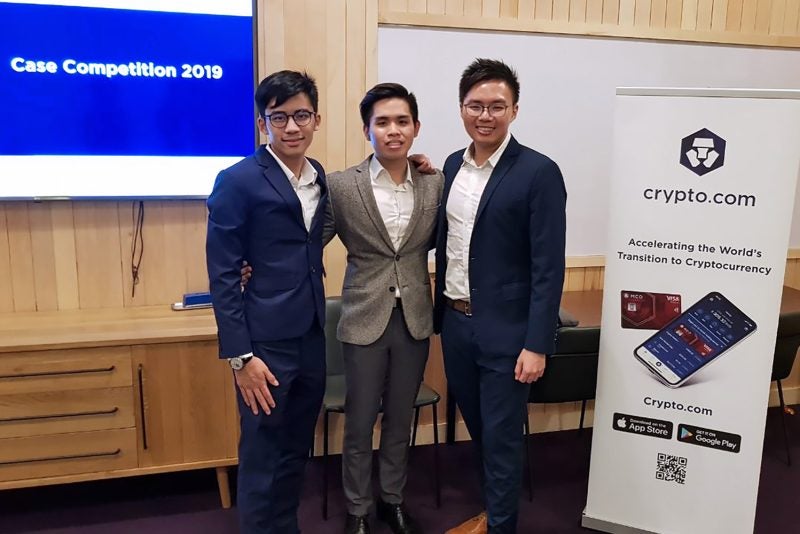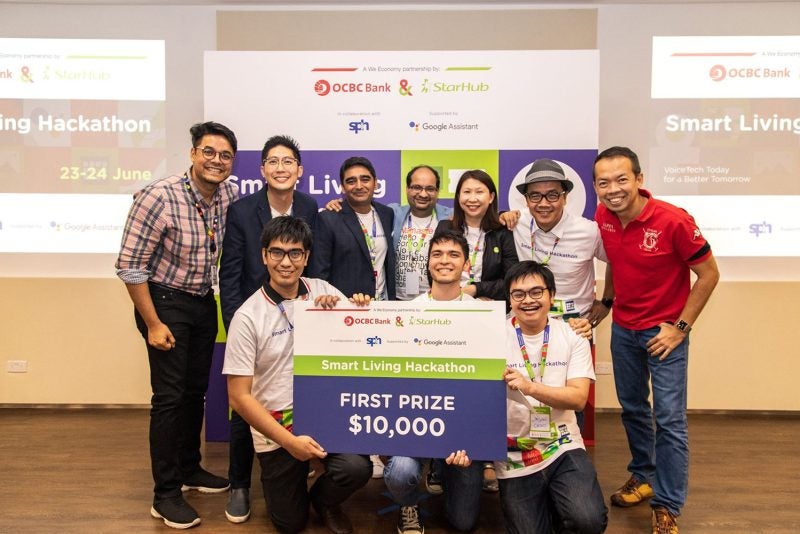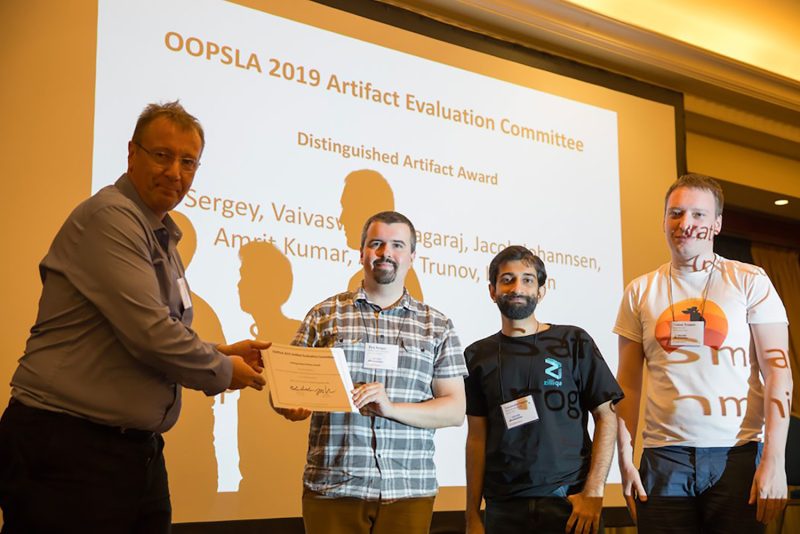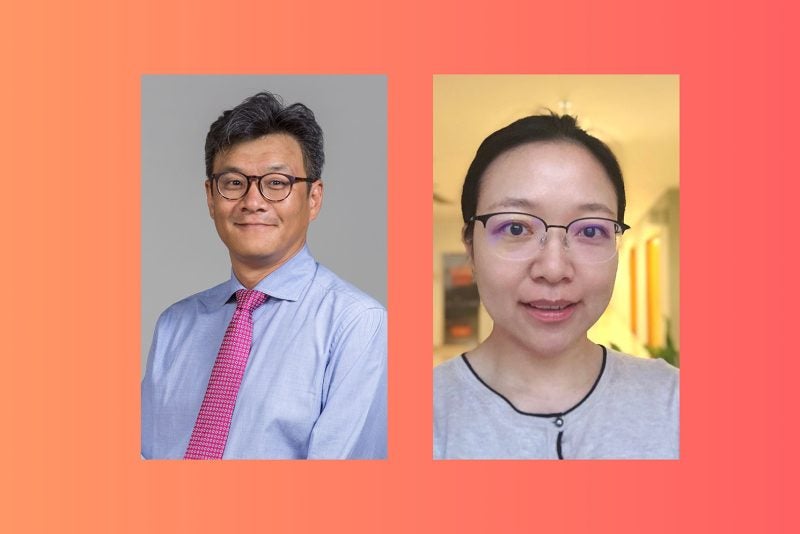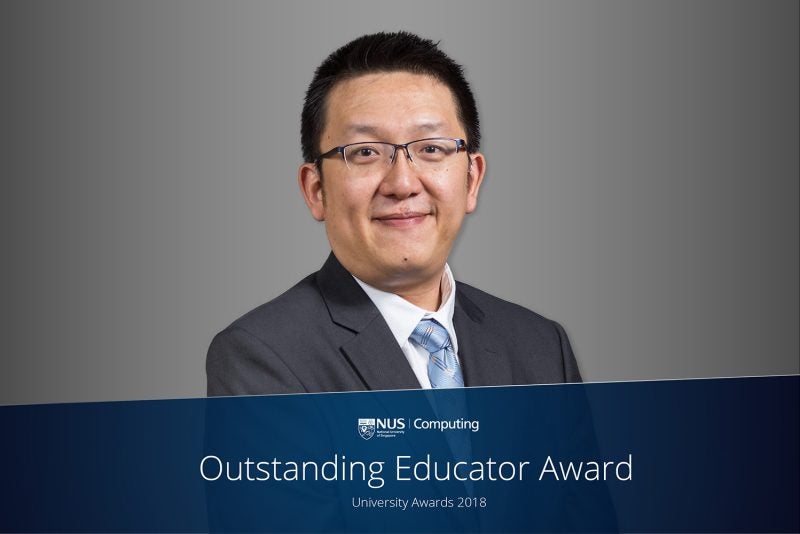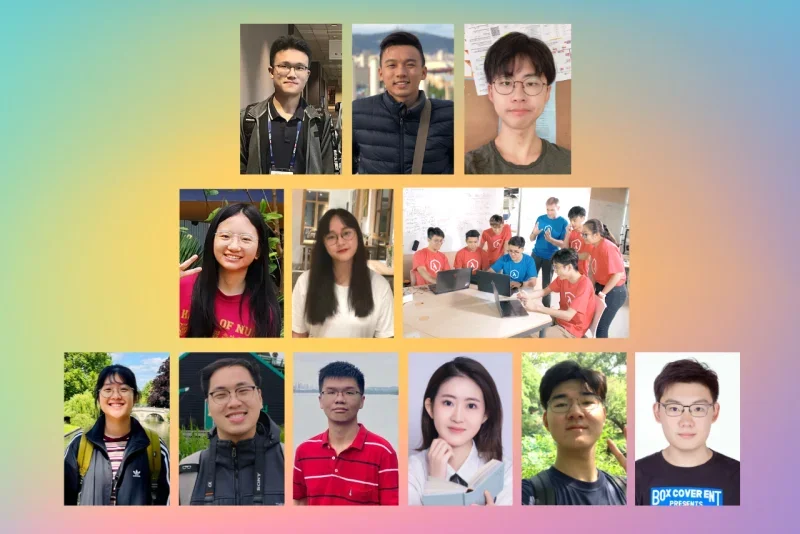12 January 2021 – Dr Kuldeep S. Meel has been named one of ‘AI’s 10 to Watch’ by the IEEE (Institute of Electrical and Electronics Engineers) Intelligent Systems journal.
The list shines a spotlight on ten individuals with outstanding achievements in AI, who were selected based on the criteria of scientific quality, reputation, impact, expert endorsement, and diversity.
Dr Meel was recognised for his work on ‘beyond NP’ (beyond nondeterministic polynomial time) problems.
“It is the class of problems where it is easy to verify whether your answer is correct, but hard to come up with an answer to begin with,” said Dr Meel.
He cites as an example: “For instance, it is usually very difficult to find a slot on a calendar that works for all the colleagues in NUS Computing, but it is fairly easy to check if a given slot works for everyone.”
According to IEEE, Dr Meel’s work “strikes the right balance between theory and practice leading to algorithms and software tools that combine rigorous approximation guarantees with scalable performance on industrial benchmarks”.
“I am humbled and honored to be chosen for such a prestigious list,” said Dr Meel.
He added: The past three decades have witnessed an NP revolution: the design of algorithmic techniques, enabling modern SAT solvers to handle problems involving millions of variables. This gives us opportunities to tackle problems that lie beyond NP.”
His research group, MeelGroup, seeks to contribute to the ‘beyond NP’ revolution through designing algorithms that construct queries amenable to SAT solvers, and designing data-driven algorithmic frameworks.
Projects done by the group include ApproxMC, UniGen, and CrystalBall.
Said Dr Meel: “I am very thankful to my colleagues, in particular, my amazing research group members, for all the wonderful collaborations over the years. I am also thankful to the National Research Foundation, DSO National Laboratories, and the National Supercomputing Centre for their generous support that has allowed us to pursue our ‘High-Risk High-Reward’ research program.”

